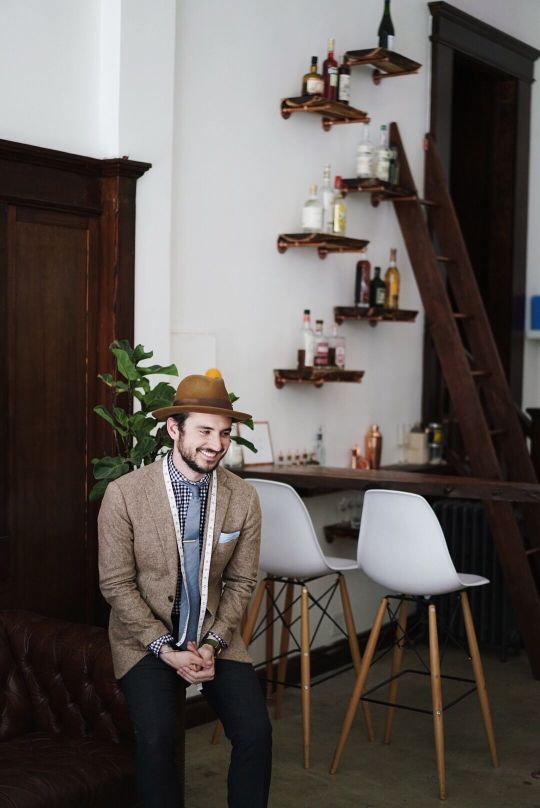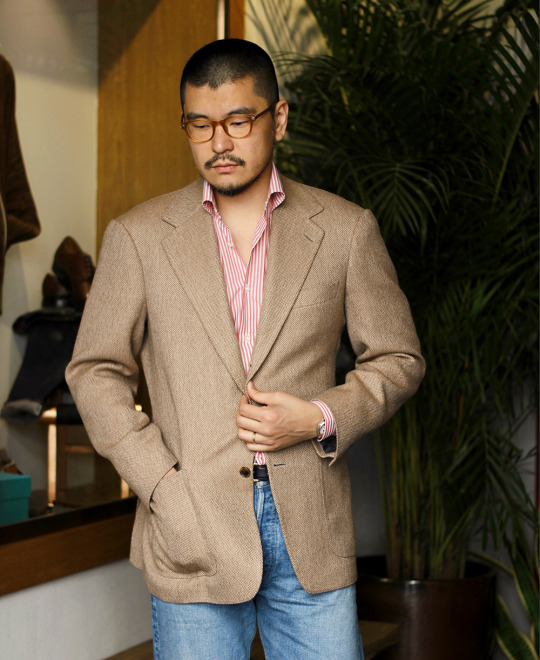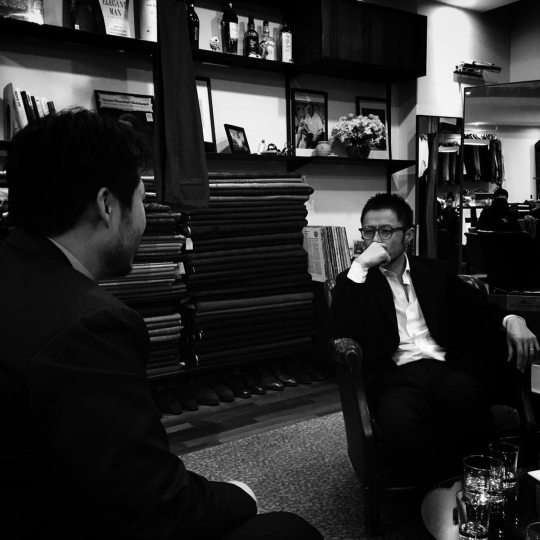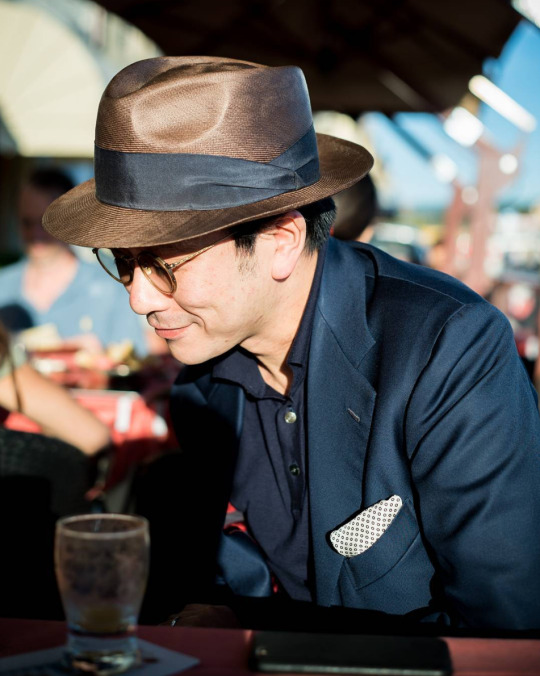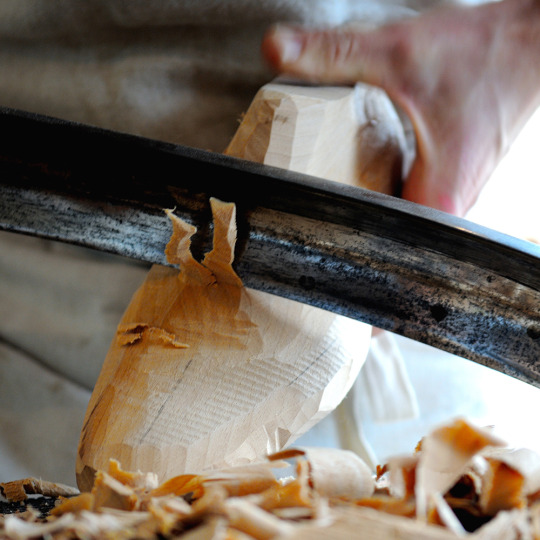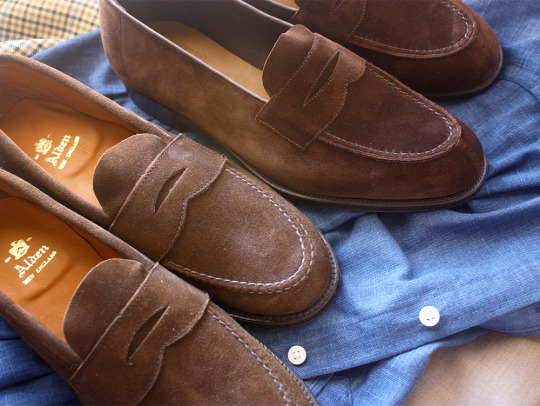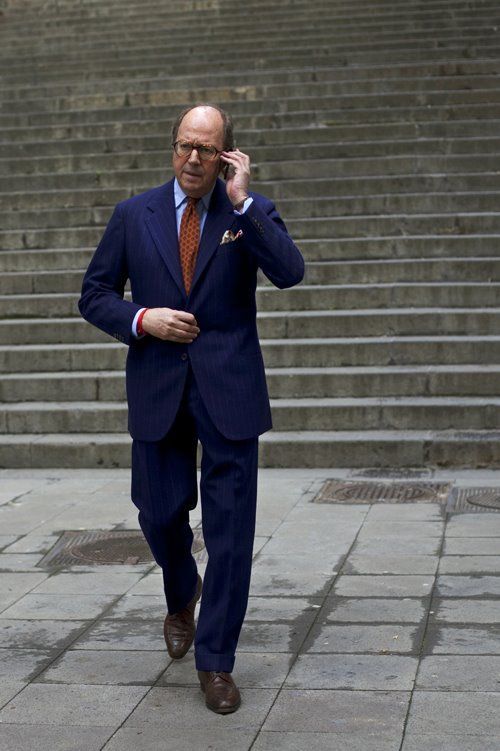South Korea’s Emerging Menswear Scene
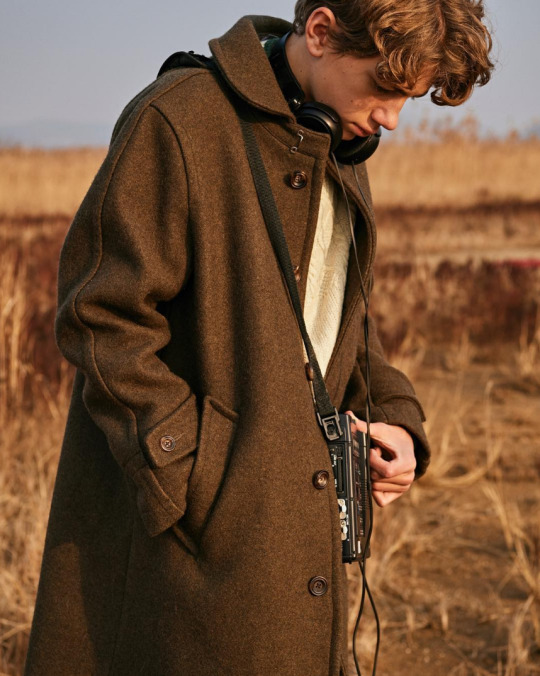
Globalization has been a double-edge sword for menswear. On the one hand, it’s wiped out many of the distinctive features that once made regional dress unique. There are a million sources these days for Macclesfield silk ties and minimalist sneakers, but few companies genuinely doing anything off the beaten path. At the same time, it’s allowed consumers to more easily tap into overseas markets (and, by the same token, for overseas companies to gain a broader audience).
Even with all this access to information, however, it can be easy to overlook things happening around the world. South Korea, for example, rarely gets the credit it deserves. While much has been written about how China and Japan are changing our taste, little has been said about how South Korea is developing a menswear scene rivaling its neighbors. In the nation’s capital, you can find some surprisingly good bespoke tailors these days. Shops such as BnT Tailor specialize in Italian-inspired cuts – with their straight, wide lapels and sweeping quarters – but with clothes that often fit cleaner than what you’d get out of Naples. Similarly, boutiques such as Sculpt are as good as anything you’d find in New York City, while the number of domestically designed, Korean ready-to-wear labels is increasing every year.
Like with Japan and China, however, it can be difficult to navigate the South Korean market if you can’t read the language. Sites such as High Snobiety and Hypebeast have covered the Korean fashion scene, but they often focus on streetwear brands that might feel alien to the average reader here. So, I thought I’d put together what I think are some of the most interesting labels right now coming out of the country – ranging from heritage-inspired workwear to more contemporary, minimalist styles.
Keep reading
